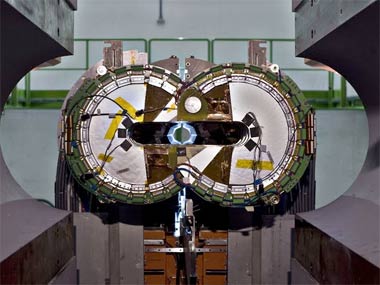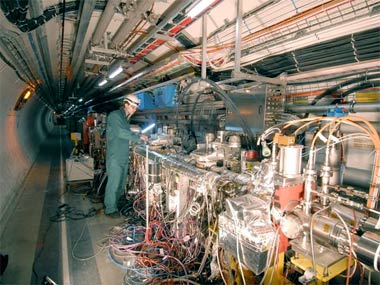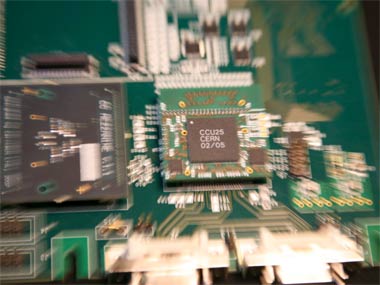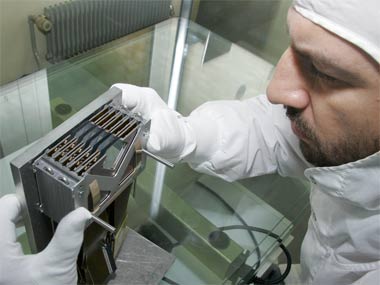The TOTEM experiment at the LHC
Most of the LHC experiments are on a grand scale, however, TOTEM's (TOTal cross section, Elastic scattering and diffraction dissociation Measurement at the LHC)'s characteristic is its extension over 440 meters (even if its three sub-detectors are not longer than 3 meters); but despite reduced dimensions, its grand potential resides in making some unique observations.
TOTEM's physics program is dedicated to the precise measurement of the proton-proton interaction cross section, as well as to the in-depth study of the proton structure which is still poorly understood. The study of the physics processes in the region very close to the particles beam (forward region) is complementary to the programs of the LHC general-purpose experiments and requires appropriate detectors. That's why, the TOTEM collaboration had to invest heavily in the design of sophisticated detectors characterized by a high acceptance for particles produced in that very busy region. All the detectors of the experimental apparatus will detect charged particles emitted by the proton-proton collisions in the IP5 interaction point and will have trigger capabilities that will allow an online selection of specific events.





